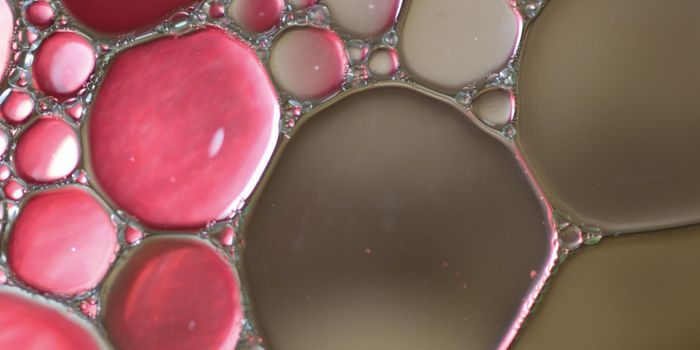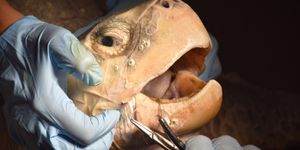The sour beer microbiome
Sour beer has been around for a long time (don’t tell the hipster craft brewers), but I took my first taste test only recently. Personally, I’m not a huge fan, but I know a lot of people who swoon over the tangy adult beverage.
Image: Flickr
When I think of beer, I think of hops and wheat being fermented by brewer’s yeast. Sour beers take it one step further by adding bacteria to the mix (that’s in addition to wild yeast, not cultivated).
Sour beer (believe it or not) didn’t get its start at a trendy American brewery, it comes from Belgium! There, authentic sour beer is brewed with the lambic brewing technique. Essentially, the soon-to-be-fermented liquid, called wort, is placed in a vat and left exposed to the air. Then, fermentation starts when bacteria and yeast from the brewing room (as in, from the ceiling, walls, and air) make their way into the wort and start growing - a process called spontaneous fermentation. The whole mix is then transferred to wooden casks (and fermented for up to 3 years!).
I guess if you’re a neat freak, then sour-beer brewing isn’t for you. Granted, brewers are very particular about the brewing environment. That’s because the final, sour product depends on the specific microbes that ferment it - think of sour-beer brewing as purposeful contamination. And that’s why researchers set out to map the sour beer microbiome.
In one study, Freek Spitaels and colleagues collected samples from a traditional lambic brewery in Brussels. They sampled the wort from 2 fermentation cycles, identifying over 2,000 bacterial and yeast isolates! Although there was some variation between batches, they identified a pattern of microbial succession. Overall, Enterobacteriaceae dominated the first month of fermentation, Pediococcus and Saccharomyces dominated the second month, and by 6 months, Dekkera bruxellensis took over.
This falls (relatively) in line with a previous study, which reported four phases of lambic beer fermentation - the Enterobacteriaceae phase, main fermentation phase, acidification phase, and the maturation phase. The Enterobacteriaceae phase is colored with some notable microbes, such as Klebsiella pneumoniae and E. coli - two bugs I don’t typically want in my food.
Pediococcus, Lactobacillus, and Brettanomyces dominate the acidification phase. Brettanomyces is a genus of yeast that lives on the skins of fruit. While it gives sour beers a distinctive taste due to its production of acetic acid, it is considered a contaminant if it makes its way into wine or other beers.
If you’re a neat freak, you may be wondering how brewers keep their sour-beer microbes away from other beers and equipment. For a lambic brewery over in Belgium, that’s not such a big deal - they’re only brewing the sour stuff. For an American brewery that only brews small batches of sour beer, it’s good to have a neat freak on staff. Consider Sanitas Brewing Co. in Boulder, CO. Every annual sour-beer day, they close the tap room for a day, replace all the soft parts in their brewing equipment, and sanitize everything else. They also take it one step further, de-barreling their sour beers in a negative-pressure room, ensuring that no bacteria contaminate the air.
Next time you’re at the bar, taste a sour beer and thank the microbes that made it possible!
Sources: Uplight Blog, NPR, NPR The Salt, PLoS One (Spitaels), PLoS One (Bokulich)









